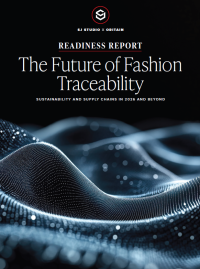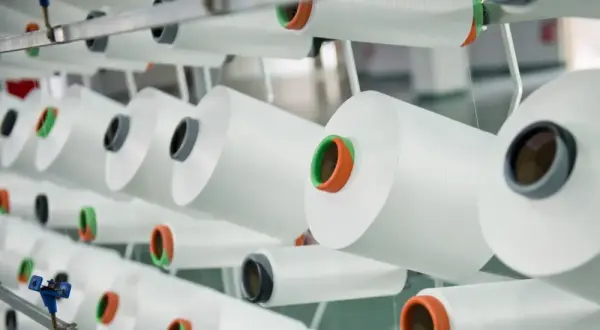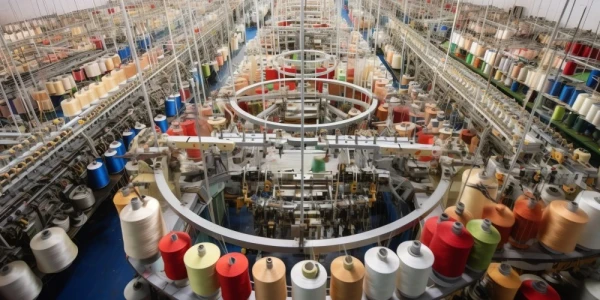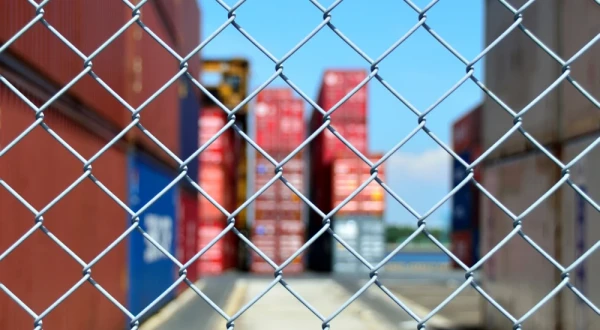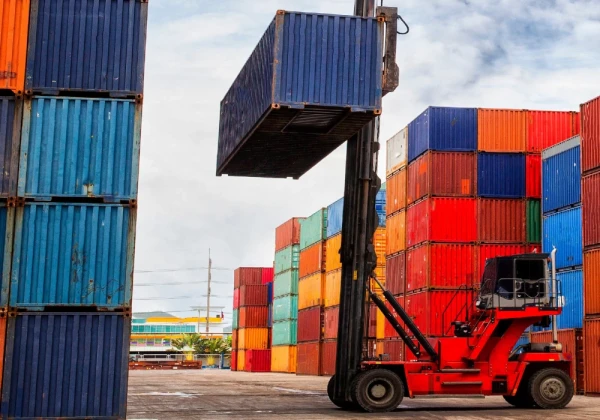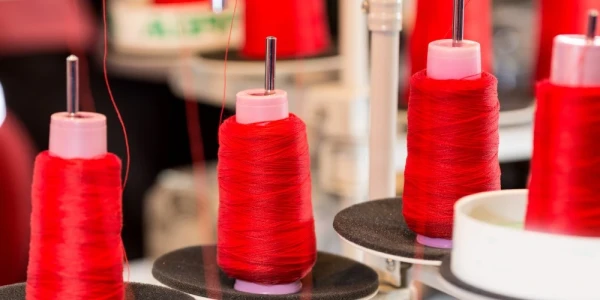Sustainability and supply chains in 2026 and beyond
The state of the fashion industry is revealed in the comprehensive report The Future of Fashion Traceability: Sustainability and Supply Chains in 2026 and Beyond.
This report, produced in partnership with Sourcing Journal, sheds light on the industry's current progress and gaps, with a look toward future strategies surrounding traceability.
Get your copy for all the results and insights from our exclusive fashion industry survey. This is the report no fashion industry professional should be without.
Key insights for fashion traceability
40%
Protecting brand reputation is the main driver for traceability, followed by consumer demand and regulatory requirements.
46%
Nearly half of businesses have visibility into Tier 4 (raw materials). Cotton has the highest percentage of end-to-end visibility.
56%
Over half of businesses increased their traceability investment in the past 2 years, and 56% plan to increase it in the next 2 years – 17% significantly.

Behind the report:
Background and methodology
With product and material traceability becoming ever more important for cotton, fashion and apparel businesses, we wanted to understand not just the state of the sector today, but also what the future held.
Oritain partnered with Sourcing Journal to survey more than 450 fashion industry professionals during July-August 2025.
Of these, 30% were brands, 23% were retailers, 8% were manufacturers, 5% were sourcing, 3% were mills, and 31% were other.
The results were independently analyzed and key insights collected in this report and The Future of Fashion Traceability webinar.
Takeaway 1:
Spotlighting the preparation gap
While 61% say traceability will be extremely/very important in 3-5 years, only 44% are actually verifying their current data.
This reveals a troubling gap between intention and action. It raises significant vulnerabilities for businesses as unverified claims may not withstand regulatory or public scrutiny.


Takeaway 2:
Innovations lacking investment
The main innovations businesses are watching are real-time supplier mapping (34% of businesses), legislation (31%), and digital product passports (31%).
While half of businesses are watching or researching emerging traceability innovations, only 16% are actively investing right now.


